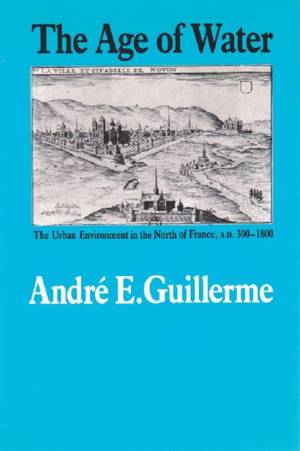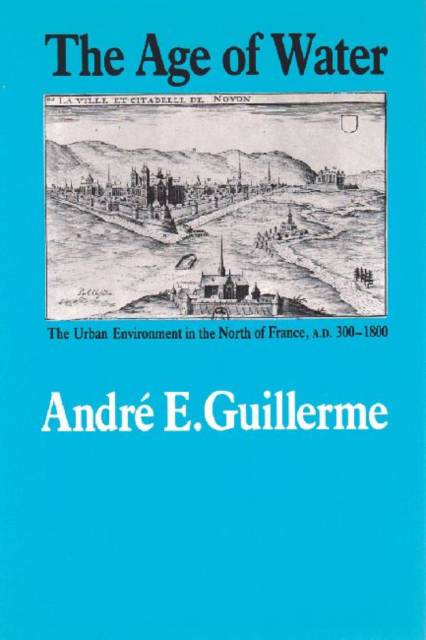
- Afhalen na 1 uur in een winkel met voorraad
- Gratis thuislevering in België vanaf € 30
- Ruim aanbod met 7 miljoen producten
- Afhalen na 1 uur in een winkel met voorraad
- Gratis thuislevering in België vanaf € 30
- Ruim aanbod met 7 miljoen producten
Zoeken
€ 48,45
+ 96 punten
Omschrijving
Water is essential to human life, as mythology, religion, and history alike have recognized. Its availability has been a key determinant in patterns of settlement and agriculture, but its crucial role in shaping the layout and economic development of cities has not always been recognized. This structuralist history, first published in French in 1983, traces sixteen centuries of hydrographic technological change and urban development in eighteen cities of northern France. Hydrographic systems were first developed around religious sites, which developed into cities, and during the late Roman Empire technology was employed to build moats for the defense of these cities. Later the water flowing in the defensive system assumed other functions, such as driving watermills, draining swamps, facilitating public health, and, by the twelfth century, providing for the needs of urban artisans. The need dictated the use made of waterways, and the water systems in turn shaped the development of the cities. André Guillerme's focus on the uses of water clearly illustrates the interaction of military, economic, technological, political, intellectual, and symbolic factors in urbanization. From his incisive analysis, a complex picture emerges of demographic and socioeconomic evolution and their effect on the environment.
Specificaties
Betrokkenen
- Auteur(s):
- Uitgeverij:
Inhoud
- Aantal bladzijden:
- 312
- Taal:
- Engels
- Reeks:
- Reeksnummer:
- nr. 9
Eigenschappen
- Productcode (EAN):
- 9781623490652
- Verschijningsdatum:
- 31/07/2013
- Uitvoering:
- Paperback
- Formaat:
- Trade paperback (VS)
- Afmetingen:
- 152 mm x 229 mm
- Gewicht:
- 458 g

Alleen bij Standaard Boekhandel
+ 96 punten op je klantenkaart van Standaard Boekhandel
Beoordelingen
We publiceren alleen reviews die voldoen aan de voorwaarden voor reviews. Bekijk onze voorwaarden voor reviews.








